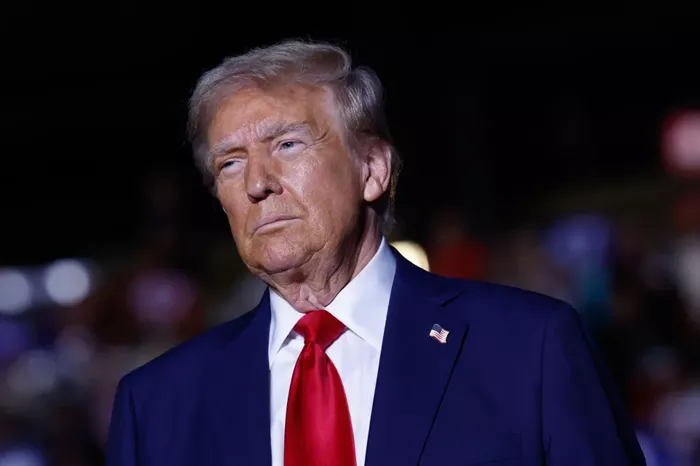Former President Donald Trump has announced a comprehensive plan to overhaul U.S. immigration policy if he wins the upcoming election. His approach seeks to intensify the strict measures implemented during his first term.
Key Components of Trump’s Immigration Plan
Mass Deportations
Trump aims to initiate mass deportations of millions of undocumented immigrants, potentially marking this as the largest domestic deportation effort in U.S. history. He estimates that around 11 million individuals could be targeted for removal. The plan includes using expedited removal processes, which allow for quicker deportations without standard legal hearings. Trump’s campaign argues that these actions are legal and would benefit American workers by raising wages and improving job conditions. However, experts caution that such widespread removals could destabilize economies in sectors like agriculture and hospitality, which rely heavily on undocumented labor.
Military Involvement
Trump proposes deploying the military for immigration enforcement, a significant escalation in federal actions against undocumented immigrants. He plans to use the Alien Enemies Act and the Insurrection Act to send federal troops to assist with apprehending migrants at the southern border. This approach raises serious legal and ethical questions about military involvement in domestic law enforcement. Trump also intends to establish new detention camps for undocumented immigrants awaiting deportation, which could further complicate the situation.
Workplace Raids
A second Trump administration would likely expand workplace raids aimed at identifying and apprehending undocumented workers. This strategy, previously intensified during his first term, is intended to enforce immigration laws more visibly in everyday settings. While Trump claims these raids will deter unauthorized employment and benefit American workers, critics argue they create chaos, separate families, and instill fear within immigrant communities.
Border Wall Expansion
Another central aspect of Trump’s immigration agenda is the expansion of the border wall along the nearly 2,000-mile U.S.-Mexico border. During his first term, less than 500 miles of wall were constructed, mostly replacing older barriers. Trump has pledged to redirect military funds for this purpose, despite opposition from Congress. Supporters argue that a stronger wall is essential for national security, while critics contend it misallocates resources and does not address the root causes of migration.
Reinstating Policies
Trump has also promised to reinstate the “Remain in Mexico” policy, which requires asylum seekers to wait in Mexico while their claims are processed. Additionally, he plans to hire 10,000 new Border Patrol agents and end birthright citizenship for children born in the U.S., proposing that at least one parent must be a lawful resident or citizen for their child to receive citizenship.
Ideological Screening for Immigrants
Trump intends to revive his travel ban on Muslim-majority countries and implement strict ideological screenings for all immigrants. His campaign has outlined plans to remove individuals deemed “pro-Jihadist” from the country and revoke visas for those with anti-American sentiments.
Conclusion
Trump’s immigration proposals represent a significant shift in U.S. policy and have reignited discussions about legality and ethics in immigration enforcement. While his campaign seeks to address public concerns over immigration and border security, critics warn that these measures could undermine civil rights and have severe societal impacts. As the election approaches, Trump’s immigration agenda remains a focal point of his campaign strategy.
Related topics:
- Trump’s Immigration Proposals Could Transform Opportunities for Students and Immigrants
- Trump Released More Criminal Migrants Than Biden: Shocking New Report Reveals
- A Daughter of Immigrants Embraces a Hardline Border Stance in a Crucial House Race


